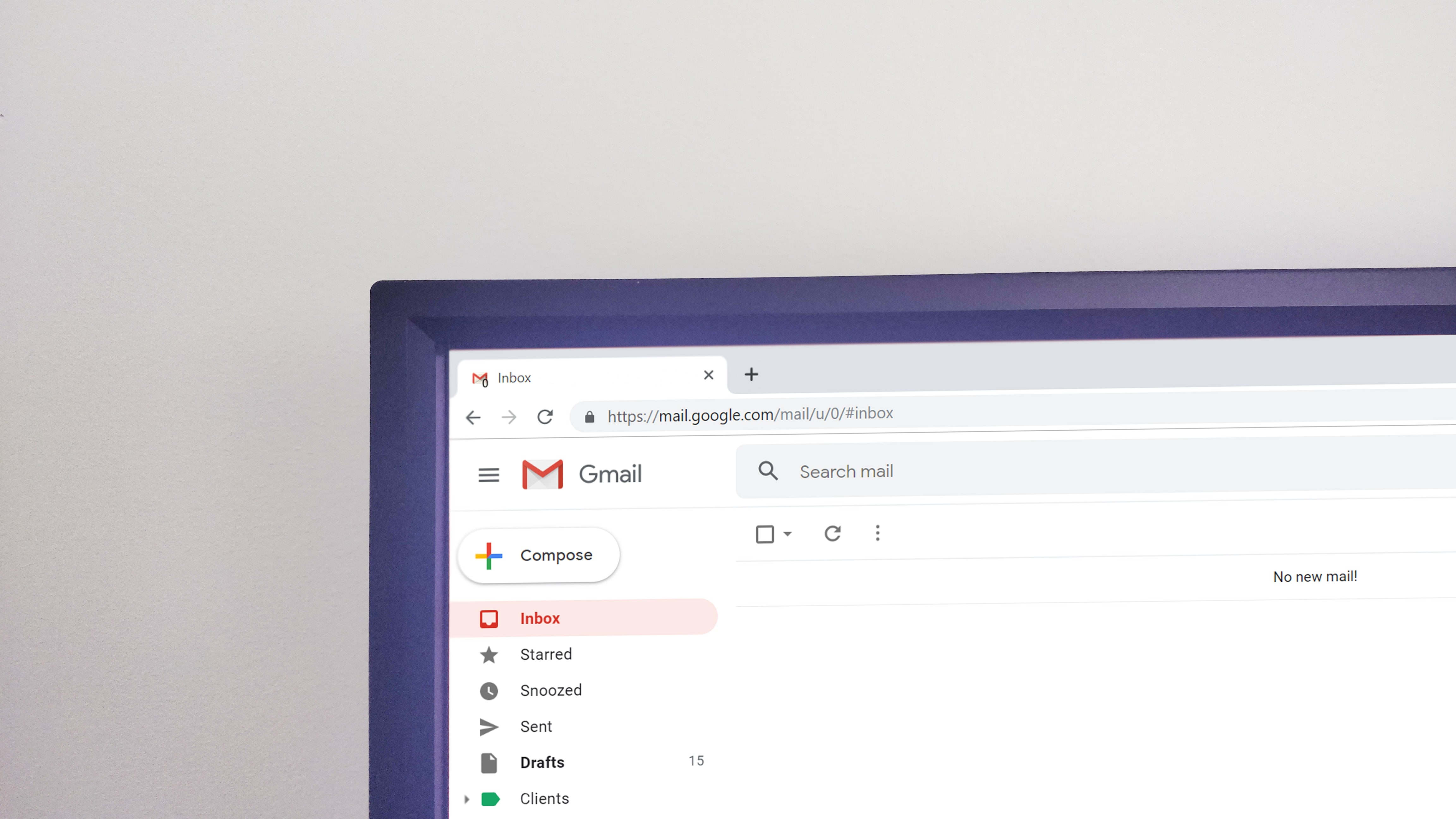Content marketing shouldn’t be rocket science, but often people get bogged down with all the advice out there, the rules, the algorithm changes, and recommendations. It’s easy to forget about the truth of writing online – that you are writing to people, not just Google or your computer screen.
But after you re-focus on writing for real people, there are a few (simple) tips that you can understand, and do, that will improve your content writing, marketing skills, and outcomes.
Let’s view six of our expert content marketing team’s top insights for writing, promoting, and measuring your content’s reach.
Know (& State) Your Goal
This is hugely important (hence, it’s number one spot). You need to know your goals for your content marketing and be able to explain them (and measure them – but that comes later).
Are you looking to sell a product, a service, gain a click, or simply be seen, read, and known? Do you want to help your readers understand a problem, solution, or process? Make sure you aren’t marketing your content as informational and then actually creating content that is promotional.
An example could even be this article – it’s clearly labeled and written to give value, information, and knowledge to you (the reader), not to sell you something (promotional).
What is the Buyer’s Journey
If you are working to create a killer content marketing plan, then you need to do your research and understand your ideal client’s buyer journey.
What are the pain points of your ideal client? How can you help? What are the questions your ideal client or customer are considering, asking, or trying to answer?
Putting yourself in the shoes of your client to understand their process and interweave that process with your own content plan is a great way create content that your customer base wants to read (and will find value in).
Consistency is Key
Writing or updating with consistency is good for both the search engines and your consumers. This is because you are showing that you’re active (for the search engines) and letting your consumers see and read your news and content on a regular basis (which helps you maintain your reader base).
Consistency builds trust for your readers and relevancy for the search engines.
Track & Measure
This is something that many potential content marketers forget about – you can’t have a successful content plan without being able to measure that successful content marketing plan.
It’s kind of like saying ‘oh, I’m great at swim racing – I always do well’ but then not knowing any of your event times or how you’re doing in comparison to others. Though that kind of confidence and self-belief might be good for your psyche, it isn’t good for business.
Make sure you have known goals, as well as a relevant way to track and measure those goals. There are tons of software tools out there that can help you understand who is coming to your site or blog, what their actions are, how many become clients, etc. – use that technology.
Know Your Voice, Love Your Voice
This is something that some writers just have, and others have to consciously think of and work at. Our content team works with many clients, and every client of JSL Marketing has a unique online voice.
Some are more professional, technical, or informational, some are more friendly, conversational, or casual. Your online voice is the way people will view you because your content is your main form of communication with your clients.
Having one page seem professional and a little drier, with the next being casual and conversational with humor smattered in will confuse your clients and lacks that consistency we talked about earlier.
This doesn’t mean you can never have a serious post if you are more conversational, or never have a ‘holiday wishes’ post if you are a tech company, it just means you need to create a voice that connects with your target audience and then use in that voice.
Repurpose your Content
This is a tip that will save many content marketers loads of time – especially if you have a large site or extensive backlog of blogs with lots of content already.
If you repurpose your current content (turning blogs into eBooks, eBooks into infographics, articles into page content, two articles into one more comprehensive one, etc.) then you can get more mileage out of the same amount of content/work.
But that’s cheating, isn’t it?
If you take a blog from 6 months ago, rename it and post it as-is, yes, that’s cheating and doesn’t give any value to your customer base, readers, or the search engine’s ranking of you. But, if you take a blog from 3 years ago and reformat it, add to it, and edit it into an eBook or online pamphlet, then no, it isn’t cheating. Because you are giving your clients something new, something of value, while only doing half the work (since some of the content was written before).
Maybe you have a blog that didn’t get a lot of traction in its heyday, try it again with updated stats, information, some new sections, and a new format (infographic, eBook, pamphlet, one-sheet, etc).
What I mean to say is, sometimes you’ve got to give your content a second chance.
Need Content Help? JSL Marketing’s Content Creation Team is Ready & Waiting!
JSL Marketing loves writing – I mean, just look at all the posts we’ve done, with more coming every week! And moreover, we update the copy on our website often too. So, it makes sense that our website would be doing so well, but it also makes sense that we don’t just write for writing’s sake, but because we enjoy updating you on our activities, services, and more.
Maybe you don’t have that writer’s bug, and that’s okay, let us handle your online voice, consistency, blogs, and copy updates so you can get back to the parts of your business you truly enjoy.
Contact the JSL Marketing team today to learn more about our Blogging, Content Marketing, and Copywriting services or fill out a form and have us contact you.





![Who Do You Look Up To? [4 of My Business Inspirations]](https://jsl.marketing/wp-content/uploads/2019/08/josh-calabrese-Ca8r0PSWg9Q-unsplash.jpg)
![Where is Social Media Going? [The 6 Platform Giants + Trends]](https://jsl.marketing/wp-content/uploads/2019/08/nordwood-themes-yyMJNPgQ-X8-unsplash.jpg)

